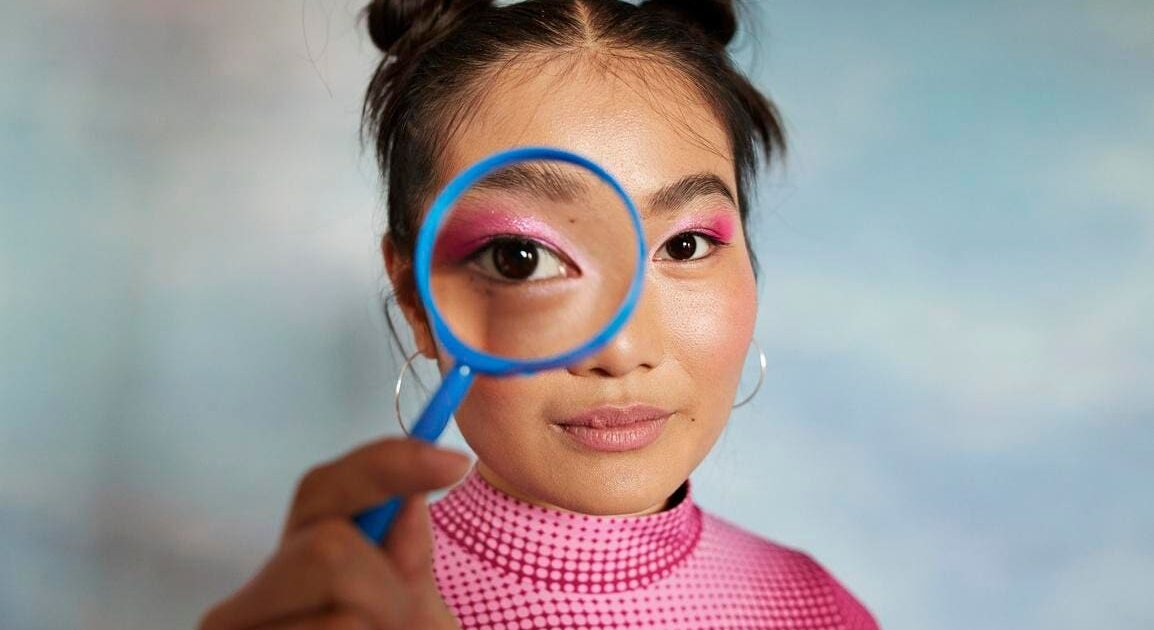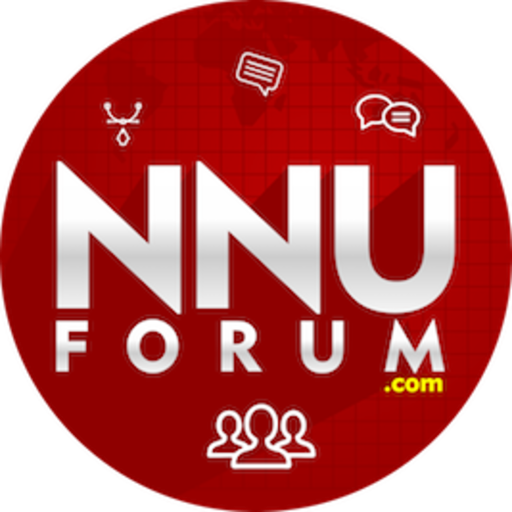Curiosity Is Valuable In The Age Of AI

girl with magnifying glass
getty
We know that as artificial intelligence advances rapidly, there’s a profound reshuffling of priorities, conventions in life and business, and in what we know about our world. So what is valuable right now as we witness the technology running on an exponential trajectory? How do we navigate a world that changes so fast?
Some of the people at MIT have talked quite a lot about the value of creativity today. But there’s another component to our human mindset that can help us make the most of what we have discovered as AI evolves. That’s curiosity.
In the past, some business strategies were driven by having a “growth mindset.” And we can still talk about scaling, but before that happens, we need that spark that initiates a move forward. We need a “curiosity mindset.”
By being curious, we are better able to harness AI in the right ways and confidently integrate the technology into our lives, in deliberate ways, not just passively. When we work to understand how things function, and what the likely outcomes are, we empower ourselves to succeed with the powerful new tools at our disposal.
Questions for AI
At Macmillan Learning, Kate Geraghty writes about the enduring value of curiosity for lifetime learners:
“From an early age, questioning emerges naturally,” Geraghty writes. “Toddlers famously pepper their caregivers with endless “whys?”—inquiring about everything from why the sky is blue to why bedtime comes so early. But early questioning hints at a valuable lifelong tool: curiosity, an innate desire to explore and better understand the world around them. As we get older, the questions don’t stop. We explore new ideas in classrooms, our homes, and the world around us. We thrive on discovering and learning. In today’s modern workplace, honing that skill is essential.”
Debbie Douglass staying curious
Angela Rowlings
Geraghty gives us four examples of questions to use, to ask those “whys” about AI:
“How can AI help us to understand and meet teaching and learning needs more effectively?
In what ways can AI contribute to a more equitable and inclusive workplace?
What role should AI play in improving engagement and outcomes?
How can we best prepare students for the workforce of the future?”
This type of process, she suggests, can clarify the role of AI in our world.
“By asking questions, we begin a journey of learning and discovery, and ultimately personal and professional growth,” Geraghty adds. “Using curiosity as a tool means not just asking questions, but asking the right questions. It means understanding the problem you are trying to solve and creating the questions to get to the core, layer by layer.”
Curiosity at MIT
Debbie Douglas is the Senior Director of Collections and the Curator of Science and Technology at the MIT Museum, a marvelous repository of physical items, materials and artifacts that tell a story of continual innovation and yes, the curiosity of humans over the last few generations. I’ve produced some of her talks before, as she’s active in fostering conversation about our shared world here at MIT.
Douglas has been involved since 1999, and the museum has evolved quite a lot over that time. In a talk around the institution’s history, Douglas stresses the role of curiosity in innovation, noting that there’s been a lot of change over the years.
“When I first walked in, and took a look around, my sense was – what a diamond in the rough!” she said.
MIT Museum, Gambrill Center, building exterior, extreme low angle view, Cambridge, Massachusetts, USA. (Photo by: Spencer Jones/GHI/UCG/Universal Images Group via Getty Images)
UCG/Universal Images Group via Getty Images
Douglas went over the contributions of some early figures like the founding director, Warren Seamans, and the first MIT president, William Bart Rogers, in developing these historical resources.
“He felt that there needed to be a place at the institute where students could learn from objects,” she said of the latter leader, “learning how to experiment with instruments, to re-examine the world, and our museum, I think, most wholly embraces that vision.”
There are powerful stories at the MIT museum for those who are curious enough to access them.
“We can tell an unbelievable story about the history of science, technology, engineering and education in the nineteenth, twentieth and twenty-first centuries,” she said. “These are thing that people made, that people used, these are things that changed people’s lives, and so for us, it’s just a privilege to be able to share these materials.”
In pointing out how her office works with others across the MIT community, Douglas described the motivations for doing this kind of curation and archival work.
“We do it because we think that the past has insight for us in the present – and … that it’s a resource for us to make a better future,” she said. “(The museum) ought to be a place where people can come in and discover new things, learn new things, experiment, have conversations, engage with each other.”
And this ability, she added, shouldn’t just be restricted to students of MIT.
“They’re for everyone,” she said of the collections. “You don’t have to be a member of the MIT community – you just have to be insanely curious about our world, and want to know the answer to the most basic question: why?”
That one word echoes what Geraghty and others have to say about lifetime learning – that we should always have this question on our minds. Yes, the “how” is intriguing, and the “when” and “where” are practical, but the “why” of AI gets to the heart of how we view ourselves and our world as we reckon with change.

